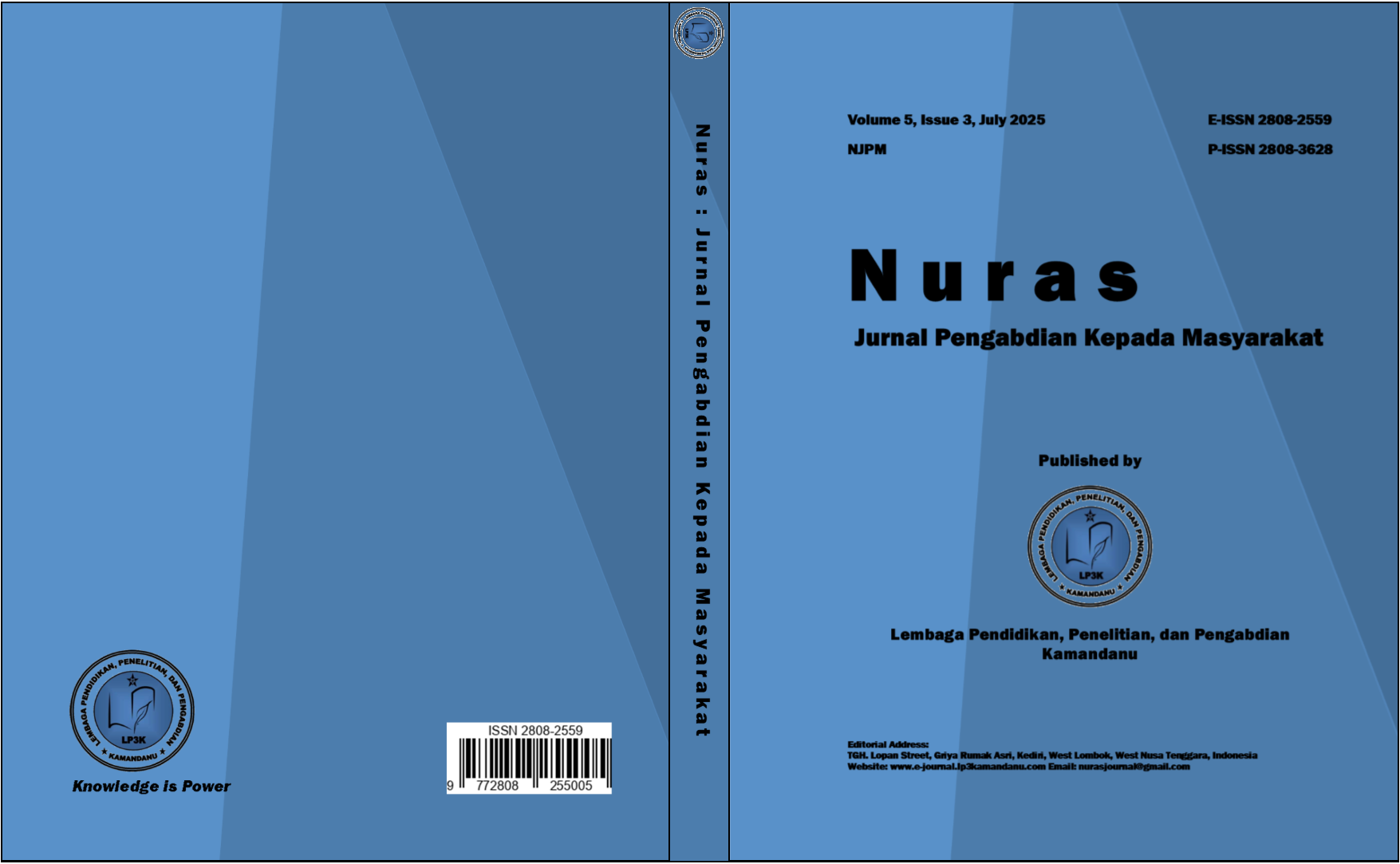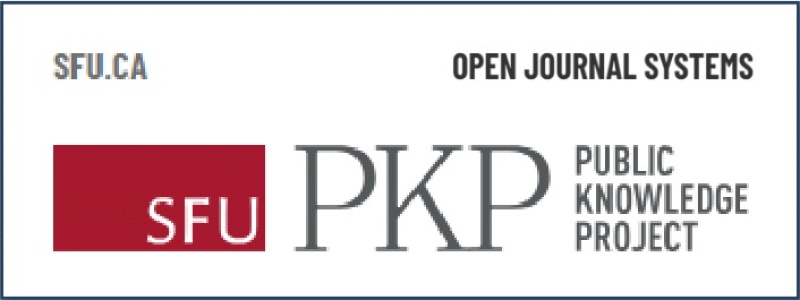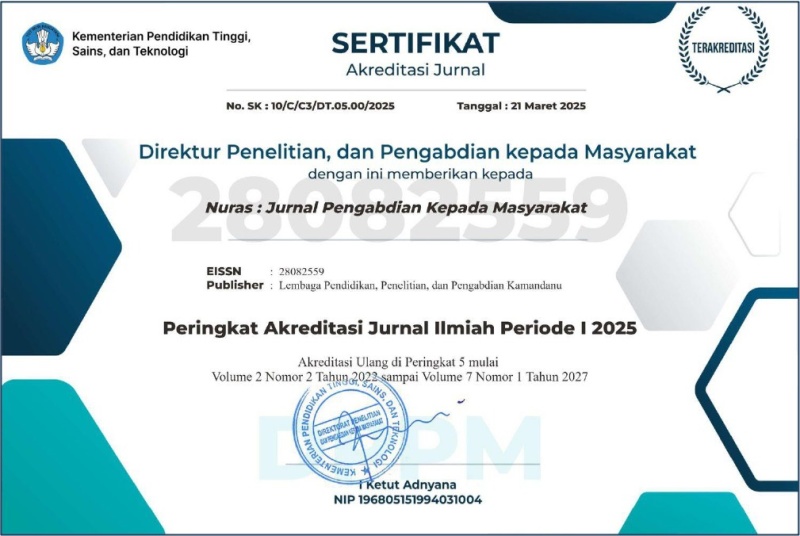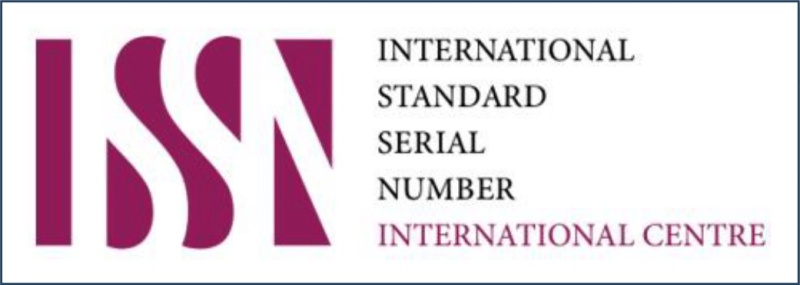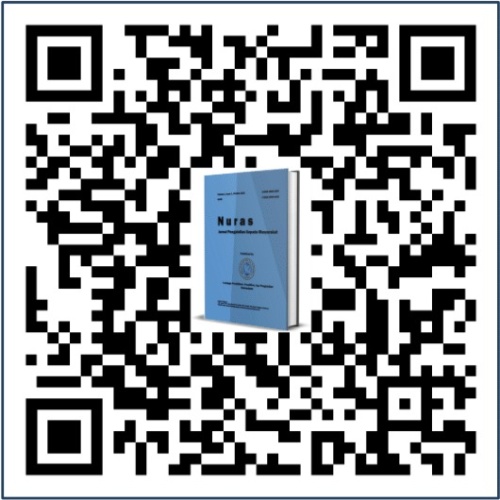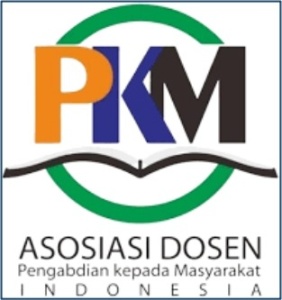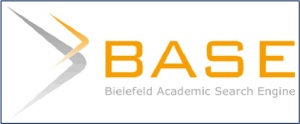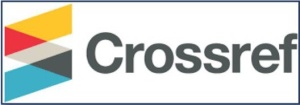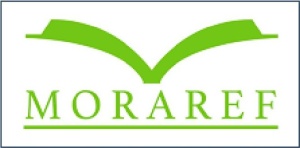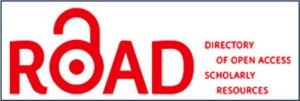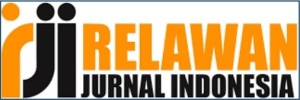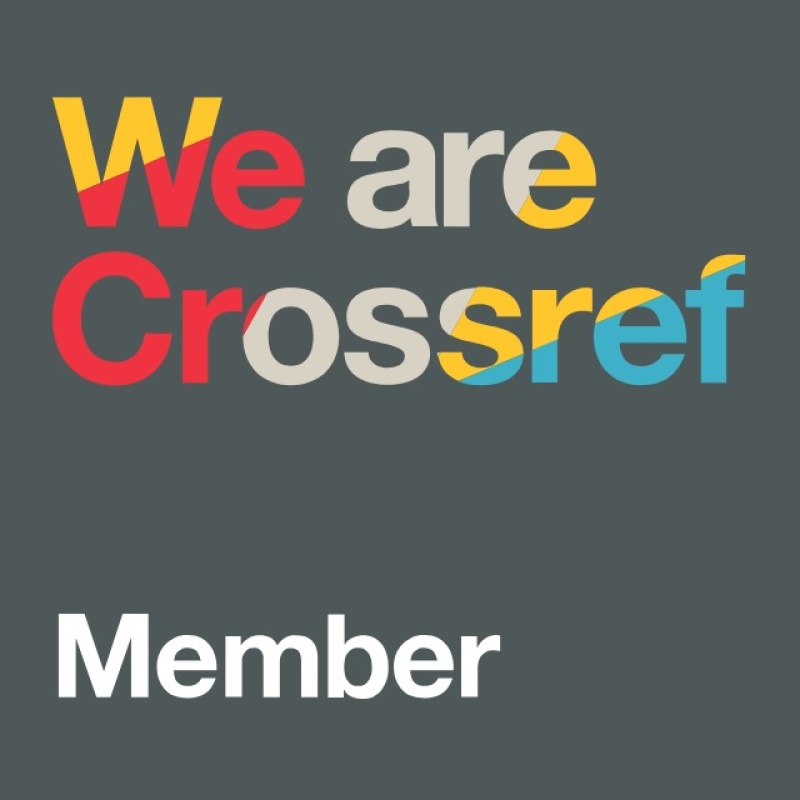Peningkatan Kemampuan Public Speaking Bahasa Inggris bagi Mahasiswa Pascasarjana
DOI:
https://doi.org/10.36312/nuras.v5i3.460Keywords:
English, International Communication, Postgraduate Students, Training, Public SpeakingAbstract
English public speaking skills are important skills that postgraduate students need to have, especially in facing international academic forums, such as seminars, conferences, and global residency activities. This community service activity aims to improve the English public speaking skills of postgraduate students at Aisyah Pringsewu University, especially from the Master of Midwifery and Master of Nursing study programs. The program is implemented online for eight weeks through a series of trainings that include basic communication theories, presentation techniques, public speaking exercises, and academic conference simulations. The implementation method includes identifying participant needs, compiling teaching modules, providing materials, individual and group practices, and feedback sessions. The results of community service related to public speaking training are an increase in students' oral communication skills by 11.9% based on the results of pre-test and post-test evaluations. In addition, the outputs produced in this training are the preparation of training modules, and the publication of scientific articles. This activity not only provides cognitive impacts, but also equips participants with the confidence to be better prepared to participate in international conferences, student exchanges, or global research collaborations that contribute to the academic image of the institution at the international level.
Downloads
References
Basri, A. (2020). Penerapan Metode Praktikal 70:30 dalam Peningkatan Performa Public Speaking Mahasiswa. Jurnal Pengabdian Masyarakat, 10(2), 45-56.
Dara, V. L., & Kesavan, C. (2025). Analyzing the Concept of Participatory Learning: Strategies, Trends and Future Directions in Education. Kybernetes, 54(7), 3882-3915. https://doi.org/10.1108/K-12-2023-2581
Dewi, I. N., & Safnowandi, S. (2020). The Combination of Small Group Discussion and ARCS (MODis-ARCS Strategy) to Improve Students’ Verbal Communication Skill and Learning Outcomes. Prisma Sains: Jurnal Pengkajian Ilmu dan Pembelajaran Matematika dan IPA IKIP Mataram, 8(1), 25-36. https://doi.org/10.33394/j-ps.v8i1.2478
Güvendir, M. A., Kocaman, O., & Cimen, O. (2020). The Impact of Public Speaking Training on Students' Self-Confidence and Communication Skills. Journal of Educational Sciences Research, 10(1), 45-58. https://doi.org/10.12345/jesr.v10i1.123
Ho, H., Nguyen, L., Dang, N., & Nguyen, H. X. (2023). Understanding Students Attitude Toward Delivering English Oral Presentations. International Journal of Learning, Teaching and Educational Research, 22(3), 256-277. https://doi.org/10.26803/ijlter.22.3.16
Lippke, S. (2017). Enactive Mastery Experience. Cham: Springer International Publishing.
Nurjanah, S. (2021). Students’ Anxiety in English Public Speaking Class. Journal of English Language Teaching and Linguistics, 6(2), 279-190.
Pratiwi, D. I., Budiastuti, R. E., Amumpuni, R. S., & Arifianto, T. (2024). English Public Speaking Training for Vocational College Students in Madiun. Jurdimas (Jurnal Pengabdian Masyarakat) Royal, 7(4), 519-525. https://doi.org/10.33330/jurdimas.v7i4.3392
Salendab, F. A., & Dapitan, Y. C. (2021). Effectiveness of Performance-Based Assessment Tools (PBAT) and the Students’ Academic Performance. Turkish Journal of Computer and Mathematics Education, 12(10), 6919-6928. https://doi.org/10.17762/turcomat.v12i10.5561
Tudge, J. R. H., & Scrimsher, S. (2015). The ZPD and Learning in Classroom Contexts. New York: Routledge.
Yulian, F. (2021). Public Speaking sebagai Keterampilan Komunikasi Fungsional dalam Era Digital. Jurnal Komunikasi Pendidikan, 3(2), 101-109. https://doi.org/10.24114/jkp.v3i2.2021
Zainal, A. (2022). Integrasi Public Speaking dalam Pendidikan Berbasis Karakter: Pendekatan Saintifik dan Humanistik. Jurnal Pendidikan dan Kebudayaan, 17(1), 55-64. https://doi.org/10.21009/jpk.v17i1.2022
Downloads
Published
How to Cite
Issue
Section
License
Copyright (c) 2025 Arif Alexander Bastian, Defy Gustianing, Eka Pratiwi Yunianti, Septika Ariyanti, Siti Saidah, & Dyah Fitri Mulati

This work is licensed under a Creative Commons Attribution-ShareAlike 4.0 International License.
-
Attribution — You must give appropriate credit, provide a link to the license, and indicate if changes were made. You may do so in any reasonable manner, but not in any way that suggests the licensor endorses you or your use.
-
ShareAlike — If you remix, transform, or build upon the material, you must distribute your contributions under the same license as the original.

